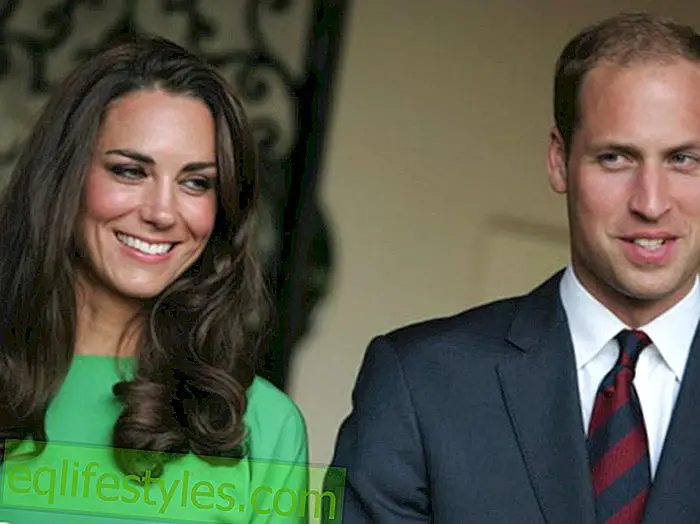
Photo: Istock
- Sun protection is mandatory, but how long may I stay in the sun with my skin and my sun protection factor?
- Preparation is the alpha and omega
- Mineral or chemical filter in the sunscreen?
- The self-protection time
- The formula applies: Self-protection time x SPF (up to a maximum of 25) = time in which you can stay in the sun
- For all skin types but also applies: Suns WITHOUT sunscreen is never recommended. Who can, should always apply a sun protection factor. So you protect your skin from dangerous UV radiation and lower your skin cancer risk.
Sun protection is mandatory, but how long may I stay in the sun with my skin and my sun protection factor?
Sun protection is mandatory: We all know that! But many forgot. Even with a high sun protection factor, I can not stay indefinitely in the sun. Because even the artificial protection provides only limited for the fact that the skin is prepared against harmful UV radiation. When will I get a sunburn even with sunscreen? There is a simple formula for that.
Preparation is the alpha and omega
Sunscreen or spray should completely penetrate the skin before going into the sun. Therefore, it is good to apply it 30 minutes before sunbathing. The more, the better. An adult should apply around six teaspoons of sunscreen . Those who are particularly sensitive in some places, should protect these places specially by clothing.
You might also be interested in that: That's why you should take sun allergy seriously
Mineral or chemical filter in the sunscreen?
The effects of sunscreen and sprays are of two different types: A mineral filter works differently than a chemical one. Mineral UV filters are made of natural, white pigments - mostly titanium dioxide and zinc oxide. They act as a mirror for the sun and protect the skin from radiation. Mineral filters are often not so popular because they leave a white film.
Chemical filters penetrate the skin. Components of a chemical sunscreen are for example benzone, trisiloxane or drometrizol. It takes about 30 minutes for a chemical sun protection to work. The UV radiation is absorbed by the chemical filter, converted and released again through the skin. Chemical agents for sunscreen have not been fully explored. The effect on the body is unclear so far.
You might also be interested in this: Does tanning in the solarium really make sense?
The self-protection time
"You have to know your own protection time , " says Heike Stahlhut from the German Green Cross in Marburg. If you multiply them with the sun protection factor (SPF) of the cream, learn how long it is safe to be in the sun. "The calculation is only up to a SPF of 20 to 25, " said the expert to the German Press Agency.
- Skin type 1 may stay in the sun for a maximum of 10 minutes without sunscreen
- Skin type 2 may be exposed to the sun for 10 to 20 minutes
- Skin type 3 is allowed to sunbathe for 15-25 minutes without protection
- Skin Type 4 keeps it out for up to 30 minutes without protection
The formula applies: Self-protection time x SPF (up to a maximum of 25) = time in which you can stay in the sun
For all skin types but also applies: Suns WITHOUT sunscreen is never recommended. Who can, should always apply a sun protection factor. So you protect your skin from dangerous UV radiation and lower your skin cancer risk.
Here you can find out everything about your skin type:
| skin type | 1 | 2 | 3 | 4 | children |
|---|---|---|---|---|---|
| Skin color | very bright, pale | bright | tan | brown | very bright |
| Eye Color | mostly blue | blue, green, gray | gray, brown | dark | all eyes Colours |
| hair colour | reddish | blond | darkblond | dark | all |
| To sunbathe- fire | immediately | fast | Rare | barely | very fast |
| self-protection | 5-10 min. | 10-20 min. | 15-25 min. | 20-30 min. | Max. 10 min. |
| Recommended sunscreen factor | SPF 30-50 | LSF 20-50 | SPF 15-30 | LSF 10-15 | LSF 30+ |









